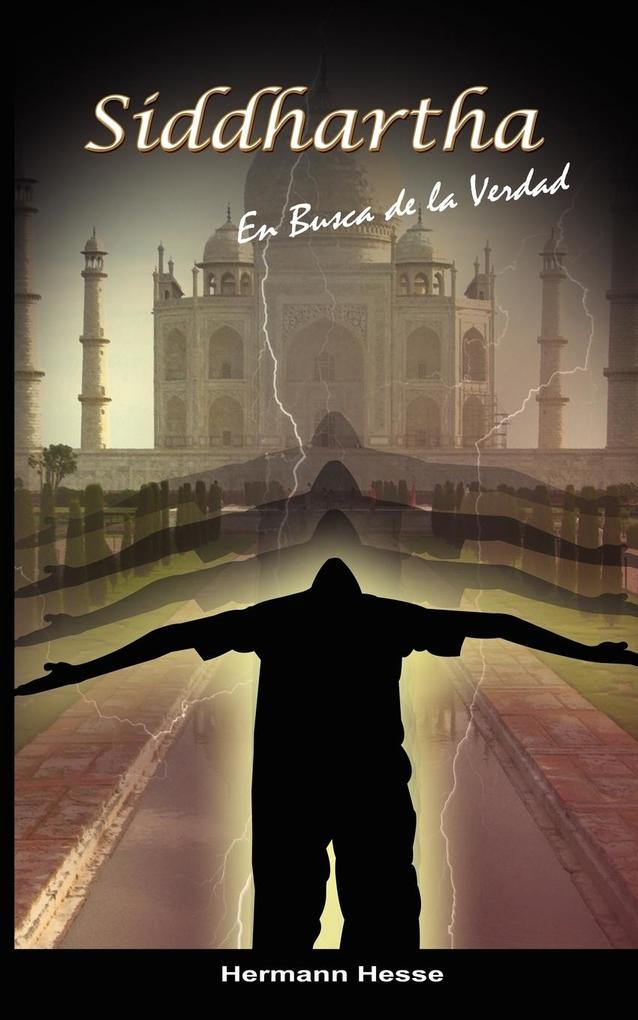
Zustellung: Fr, 02.05. - Di, 06.05.
Versand in 6 Tagen
VersandkostenfreiBestellen & in Filiale abholen:
Esta novela cuenta la historia de Siddhartha, un joven brahmán (los brahmanes son los sacerdotes, la casta más importante de la India) en busca de la verdad y la sabiduría. Pero Siddhartha no se conforma con seguir las doctrinas establecidas ya por otros, desde bien joven él siente que necesita seguir su propio camino, pero como todavía no existe, tendrá que crearlo él mismo.
En esta búsqueda espiritual, Siddhartha atraviesa por varias etapas. Primero, como ya he dicho, es hijo de un brahmán respetado, por tanto tiene una vida cómoda, no le falta de nada. pero las respuestas que le dan los sabios no le sirven, no responden sus preguntas. Por tanto, decide abandonar su vida cómoda y se va a vivir con un grupo de samanas (mendigos, ascetas).. Durante los años que pasa con ellos, Siddhartha aprende a vivir sin nada y, según sus propias palabras, conseguirá dominar tres artes: el ayuno, la espera y la meditación.
Visto que habiendo renunciado a todo lo material tampoco era capaz de encontrar las respuestas adecuadas a sus preguntas, Siddhartha se instala en una ciudad y al cabo de un tiempo consigue reunir cierta riqueza. Al principio esto para él es sólo un juego, pero poco a poco se va dando cuenta de que el dinero lo ha ido convirtiendo en una mala persona. Se ha transformado en todo lo contrario a lo que él siempre quiso ser. Un día decide, por tanto, volver a renunciar a todo lo que posee y huye de la ciudad. Intenta incluso suicidarse en un río, pero en el último momento reacciona y comienza la última etapa de su búsqueda espiritual.
Esta última parte la vivirá junto con un barquero que le enseñará todo lo que sabe. Bueno, en realidad será el río el que le enseñe todo lo que sabe, como hizo en su día con el propio barquero. Pasan los años y Siddhartha, ya anciano, parece encontrar las respuestas a sus preguntas, por fin encuentra la sabiduría y la felicidad.
En esta búsqueda espiritual, Siddhartha atraviesa por varias etapas. Primero, como ya he dicho, es hijo de un brahmán respetado, por tanto tiene una vida cómoda, no le falta de nada. pero las respuestas que le dan los sabios no le sirven, no responden sus preguntas. Por tanto, decide abandonar su vida cómoda y se va a vivir con un grupo de samanas (mendigos, ascetas).. Durante los años que pasa con ellos, Siddhartha aprende a vivir sin nada y, según sus propias palabras, conseguirá dominar tres artes: el ayuno, la espera y la meditación.
Visto que habiendo renunciado a todo lo material tampoco era capaz de encontrar las respuestas adecuadas a sus preguntas, Siddhartha se instala en una ciudad y al cabo de un tiempo consigue reunir cierta riqueza. Al principio esto para él es sólo un juego, pero poco a poco se va dando cuenta de que el dinero lo ha ido convirtiendo en una mala persona. Se ha transformado en todo lo contrario a lo que él siempre quiso ser. Un día decide, por tanto, volver a renunciar a todo lo que posee y huye de la ciudad. Intenta incluso suicidarse en un río, pero en el último momento reacciona y comienza la última etapa de su búsqueda espiritual.
Esta última parte la vivirá junto con un barquero que le enseñará todo lo que sabe. Bueno, en realidad será el río el que le enseñe todo lo que sabe, como hizo en su día con el propio barquero. Pasan los años y Siddhartha, ya anciano, parece encontrar las respuestas a sus preguntas, por fin encuentra la sabiduría y la felicidad.
Produktdetails
Erscheinungsdatum
09. Juli 2008
Sprache
spanisch
Seitenanzahl
108
Autor/Autorin
Hermann Hesse
Verlag/Hersteller
Produktart
kartoniert
Gewicht
126 g
Größe (L/B/H)
203/127/7 mm
ISBN
9789650060183
Entdecken Sie mehr
Bewertungen
0 Bewertungen
Es wurden noch keine Bewertungen abgegeben. Schreiben Sie die erste Bewertung zu "Siddhartha" und helfen Sie damit anderen bei der Kaufentscheidung.









